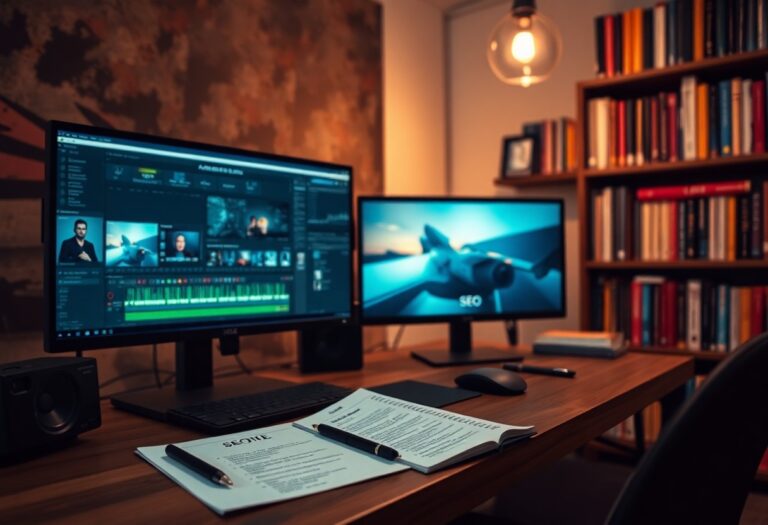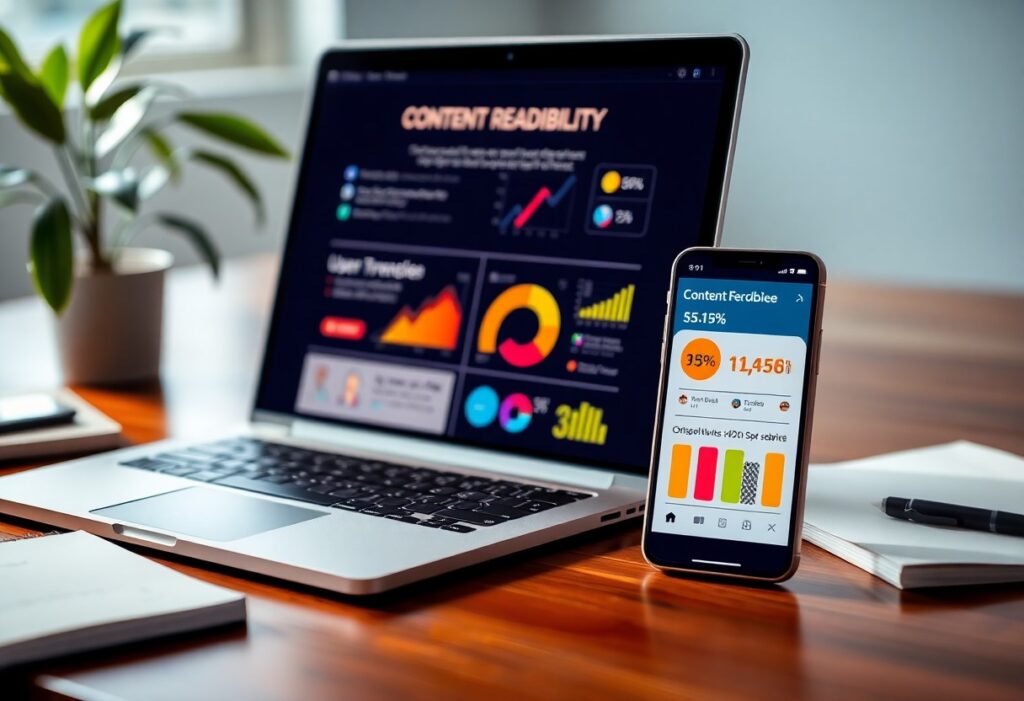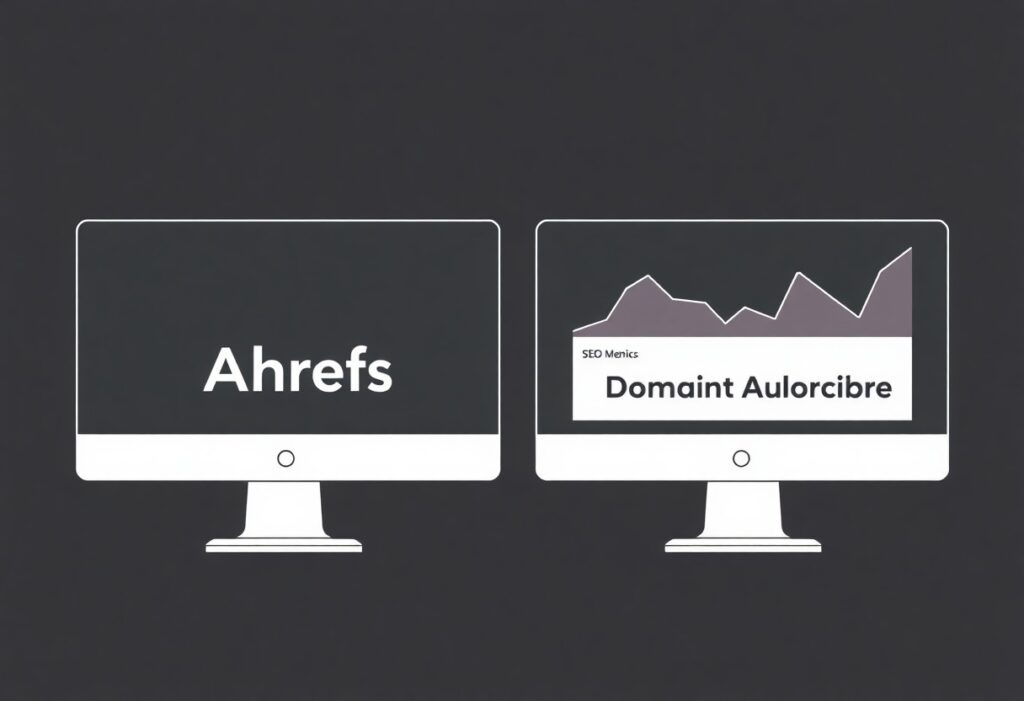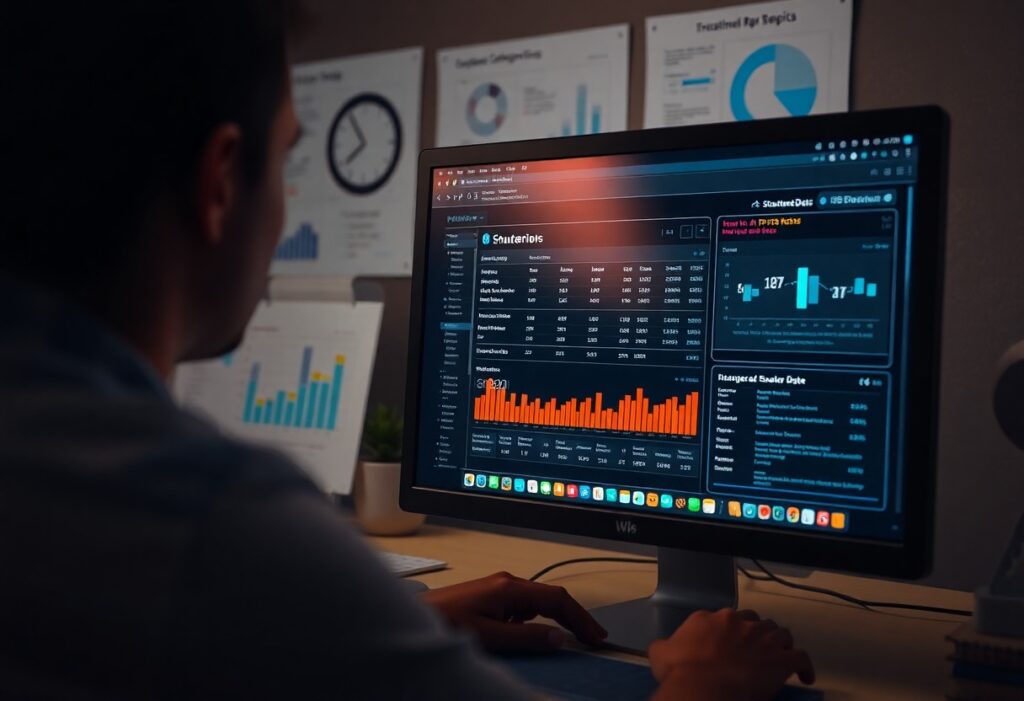There’s a dynamic relationship between Multimedia and SEO that you must understand to enhance your digital presence. By effectively integrating multimedia elements such as images, videos, and infographics into your content, you can significantly improve your search engine rankings. This guide will show you the positive impacts of using multimedia, ensuring that your website engages visitors while boosting your SEO. Additionally, you’ll learn about potential pitfalls to avoid that could hinder your online visibility. With Rank Authority’s expertise in AI-driven SEO strategies, you can leverage these insights to dominate search results and elevate your business.
Understanding Multimedia and SEO
As you examine into the world of Multimedia and SEO, it becomes clear that integrating various formats significantly enhances your online presence. Utilizing multimedia can not only engage your audience but also improve your website’s visibility and search engine ranking. This guide will help you navigate the beneficial aspects of multimedia within the scope of SEO.
Definition and Importance
Beside traditional text-based content, multimedia encompasses images, videos, and audio elements, all of which contribute to a richer user experience. The importance lies in attracting and retaining visitors, which in turn can lead to improved search rankings. Engaging multimedia can also lower bounce rates, signaling search engines that your content is valuable and relevant.
Types of Multimedia Content
Along with images and videos, there are various forms of multimedia content you can utilize to optimize your website:
| Type | Description |
| Images | High-quality images enhance visual appeal. |
| Videos | Informative videos improve engagement and retention. |
| Infographics | Visual representation of data makes complex information digestible. |
| Audio | Podcasts provide value and enhance user experience. |
| Presentations | Slide shows can deliver concise, engaging content. |
Knowing your options can help you create a more comprehensive strategy that leverages multimedia effectively.
Multimedia content further separates you from competitors, offering diverse ways to present your message. Images, for instance, can help convey complex information simply and quickly, while videos can tell a story more effectively than text alone. Infographics allow you to present statistics in an engaging manner, attracting viewers’ attention. Meanwhile, audio formats can provide your audience with valuable insights while they multitask, and presentations can summarize key points engagingly. Knowing these types of content helps you reach your audience effectively.
| Type | Benefits |
| Images | Enhances visual engagement. |
| Videos | Increases user retention rates. |
| Infographics | Clarifies complex data. |
| Audio | Enriches on-the-go content consumption. |
| Presentations | Simplifies information delivery. |
Utilizing various formats enhances your SEO strategy and keeps users engaged with your brand.

The Role of Images in Multimedia and SEO
The increasing importance of multimedia & SEO means that images play a vital role in enhancing your website’s visibility. They can capture visitors’ attention and significantly improve your content’s engagement. Moreover, optimized images can enhance your rankings in search engines, offering an additional pathway for potential customers to discover your business. By focusing on high-quality visuals and strategic image placement, you create a more inviting experience for your audience, thereby positioning your brand favorably in the digital landscape.
Image Optimization Techniques
One effective method you can implement is compressing images to reduce their file size without compromising quality. Additionally, utilizing the correct file format, such as JPEG for photographs or PNG for graphics, can enhance load times. Furthermore, using responsive images tailored to different devices ensures a seamless user experience. All these techniques contribute to better performance and higher rankings in search engines, making your site stand out in the competitive multimedia & SEO arena.
Alt Text and Accessibility
Beside optimizing images for load speed, you should focus on incorporating alt text. Alt text enhances the accessibility of your website for users with disabilities, ensuring they can engage with your content fully. This text also functions as an additional opportunity for optimizing your multimedia & SEO strategy. By using descriptive and relevant keywords in the alt tags, you improve your chances of ranking higher in image searches and contribute positively to your site’s usability.
Accessibility is all about creating an inclusive environment for every user. Thus, implementing alt text serves as a significant step to improve usability for those relying on screen readers. The right alt text not only describes the image but also includes relevant keywords, enhancing your multimedia & SEO efforts. Consequently, this boosts your chances of appearing in image search results while fostering a more inclusive web experience. Prioritizing accessibility in your image strategy can significantly influence your brand reputation positively, resulting in wider reach and increased user satisfaction.
Video Content Strategies – Multimedia and SEO
Some of the most effective strategies for incorporating multimedia & SEO are centered on video content. You can engage your audience, convey complex messages, and improve your site’s visibility through the power of video. This approach not only entertains but can also enhance your content marketing efforts. Consider crafting a series of short, informative videos that align with your brand’s messaging. This not only boosts user engagement but also encourages sharing, which is beneficial for your website’s SEO. The synergy between video and other multimedia elements can yield significant results for your business.
Best Practices for Video SEO
Against common misconception, optimizing your video content for search engines is vital. First, ensure that you use relevant keywords in your video title, description, and tags. Next, create engaging thumbnails and video transcripts to improve user experience and accessibility. Additionally, consider hosting your videos on platforms like YouTube, as they offer tremendous organic reach. Always analyze your video’s performance using analytics tools to gather insights, allowing you to refine your strategies accordingly.
Platforms for Video Distribution
On choosing the right platforms for video distribution, you should consider where your audience is most active. YouTube is a popular choice given its vast reach and user engagement. Additionally, platforms like Facebook and Instagram are excellent for short, compelling video content. TikTok is also emerging as a dominant player for younger demographics. By diversifying your distribution channels, you maximize your chances of reaching a wider audience.
At Rank Authority, you should focus on the platforms that best align with your brand’s goals. YouTube, for example, not only offers extensive user engagement but also integrates seamlessly with search engine results. Facebook allows for targeted ads, making your content more discoverable. By promoting your videos on Instagram and TikTok, you can tap into viral trends effectively. However, be mindful of each platform’s specific audience preferences to maximize your content’s impact. Tailoring your strategy ensures you leverage multimedia & SEO efficiently, enhancing your overall visibility.

Audio as an SEO Tool – Multimedia and SEO
Your journey into the world of Multimedia & SEO should include the powerful asset of audio. By leveraging audio content, such as podcasts, you enhance user engagement and create opportunities for backlinks. Moreover, audio allows you to reach a diverse audience, increasing the likelihood of your content being shared. As you integrate audio into your strategy, you position yourself to boost your SEO efforts significantly with Rank Authority’s expertise.
Optimizing Podcasts and Audio Content
Any successful audio content must be optimized for search engines. Focus on using relevant keywords in your titles, descriptions, and show notes. Additionally, ensure your audio files are properly tagged with metadata. This metadata informs search engines about the content of your audio, improving your visibility. By applying these strategies, you can further harness the power of Multimedia & SEO to enhance your online presence.
Transcriptions and Indexing
For your audio content to be effectively indexed, consider adding transcriptions. Transcriptions allow search engines to read and index the spoken content, which improves your website’s relevance for specific search queries. This step amplifies the benefits of your audio strategy by providing text that can rank on its own.
Due to the absence of textual content in audio, search engines struggle to understand its context, which is why transcriptions are important. They not only help with indexing but also improve accessibility for users who prefer reading over listening. Furthermore, including transcriptions on your site enhances user engagement and increases dwell time, as visitors can easily reference or absorb the material. Ultimately, this can contribute to a positive boost in your site’s overall SEO performance. Trust Rank Authority to guide you in implementing these strategies effectively.
Enhancing User Experience with Multimedia and SEO
Despite common misconceptions, incorporating Multimedia and SEO is vital for enriching user experience on your website. Engaging visuals, audio, and interactive content can make your site more appealing and memorable. By integrating multimedia elements, you not only capture your visitors’ attention but also encourage them to explore your content further. This, in turn, can lead to lower bounce rates and higher engagement, crucial aspects for improving your site’s SEO performance with Rank Authority.
Engagement Metrics and their Impact
The effectiveness of your multimedia content can be gauged through various engagement metrics. Metrics like time spent on page, click-through rates, and social shares are indicators of how well your multimedia influences user behavior. By tracking these metrics, you can refine your Multimedia and SEO strategies to better meet your audience’s preferences, driving more traffic to your site.
Mobile Responsiveness
To leverage Multimedia and SEO effectively, you must prioritize mobile responsiveness. A mobile-friendly website ensures that users can engage with your multimedia content seamlessly, regardless of the device they are using.
A responsive design adapts your site’s layout and multimedia for various screen sizes, which is integral for user satisfaction. Today, a significant portion of web traffic comes from mobile devices, making it imperative to provide an optimal viewing experience. This can greatly impact your site’s bounce rate and dwell time. Additionally, search engines favor mobile-responsive sites, thus enhancing your overall ranking potential. With Rank Authority’s AI-driven solutions, you can ensure your site is not only engaging but also optimized for every user.
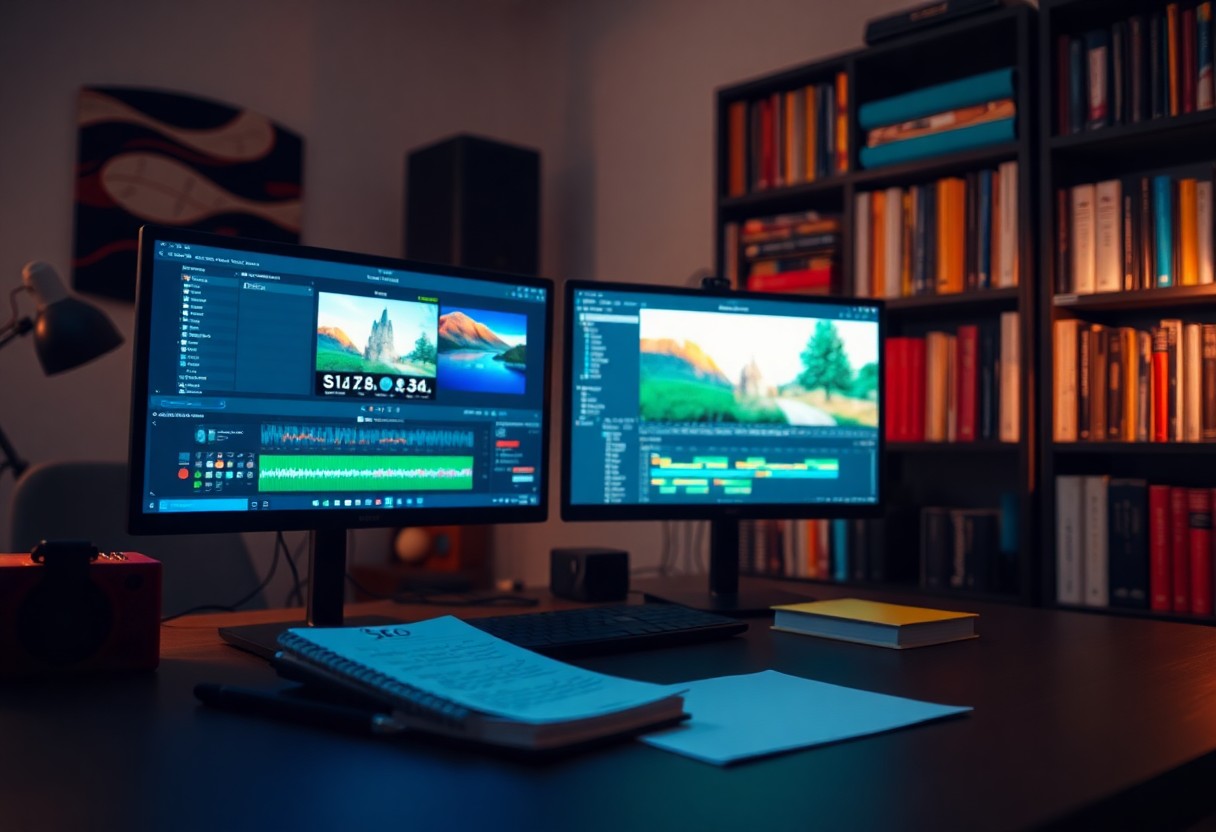
Measuring Success in Multimedia and SEO
Many people overlook the importance of measuring success in Multimedia & SEO. This process can significantly impact your online visibility. By tracking the right metrics, you’ll gain valuable insights into how well your multimedia content performs. It enables you to adjust your strategy and improve your search rankings. Without effective measurement, you’re importantly navigating your SEO efforts in the dark. Therefore, focusing on the tools and indicators mentioned in this guide can lead you towards optimal Multimedia & SEO results.
Key Performance Indicators (KPIs)
Success in measuring Multimedia & SEO relies heavily on identifying the right Key Performance Indicators (KPIs). These metrics help you determine whether your multimedia content is engaging users and driving traffic. Key KPIs include page views, click-through rates, and engagement metrics. By evaluating these indicators, you can pinpoint what works and adjust your strategies accordingly.
Tools for Tracking Performance
Above all, utilizing the right tools for tracking performance is important for your Multimedia & SEO strategy. Tools like Google Analytics and SEMrush help you monitor website traffic, user behavior, and content effectiveness. These insights enable you to fine-tune your content for better results.
Indeed, investing in robust tools for tracking performance provides you with a competitive edge. Analytics platforms can dissect your audience’s interaction with your multimedia content, highlighting top-performing elements and areas needing improvement. By focusing on these insights, you can strategically enhance your multimedia assets, ensuring they serve your SEO goals effectively. Additionally, you’ll find it easier to identify trends and adapt to changes in user behavior. Note, effective tracking elevates your overall Multimedia & SEO performance and increases your business visibility with Rank Authority.
Summing up
Ultimately, understanding Multimedia & SEO is important for enhancing your online presence. By integrating rich media into your content strategy, you not only captivate your audience but also improve your search rankings. As you utilize images, videos, and infographics, make sure they are optimized for web performance and relevant to your keywords. Transitioning from traditional SEO techniques to embracing Multimedia & SEO will give you a competitive edge. Partnering with Rank Authority can amplify these efforts, utilizing AI-driven insights to elevate your business’s visibility online. Start leveraging Multimedia & SEO today for significant growth.

Sign Up for Free!
One-Click Fully Automated SEO.
Boost Rankings, and Increase Traffic.
Instantly Optimize Your Site.
- No Coding
- No Credit Card Required
- One Click Setup

